Glencoe

Blackrock Cottage - Glencoe
The Dark secret of Glencoe
According to a BBC report, the National Trust of Scotland (NTS) head of archaeology Derek Alexander, his colleagues and volunteers, have begun excavating the remains of the abandoned clachan (settlement) in Glencoe.
It was February 1692 that the infamous treachery of the Campbells was enacted against the McDonalds, writing Glencoe into the Scottish history books. The Highland clan chiefs were to sign an oath of allegiance to King William by January 1, 1692. The clans would sign the agreement or be punished with the "utmost extremity of the law".
As the worse of winter swept through Glencoe on December 31, the chief of the McDonalds, fearful for the safety of his clam, left for Fort William to sign the oath. From here he was turned back by Colonel John Hill, who explained that the oath had to be taken before a sheriff. This involved a 60 mile trek to Inveraray, the principle town of his enemies, The Campbells. Still the deadline could have been met, had he not been captured by Campbell soldiers serving in Argyll's regiment.
In Edinburgh, the secretary of State with his legal team declined the late-delivered oath. It was Captain Robert of Glenlyon, who was instructed to carry out the final order "to put all to the sword under seventy".
The Campbell soldiers arrived at Glencoe 12 days before the massacre, as friends, seeking shelter due to the fact that the fort was full. The McDonalds, honouring the Highland hospitality code, duly gave the soldiers quarter in the their own houses.
Dozens of McDonalds died. Exactly how may is still disputed. So is almost everything else surrounding it, the motivation, the machinations behind it and the lasting consequences.
The massacre was enshrined in Scotland's history books by Sir Walter Scott's 1811 poem untitled "On the massacre of Glencoe". It remains a well known story in Scotland and to this day the Clachaig Inn at Glencoe carries the sign on its door ", "No Campbells".
The road to Glencoe
Glencoe is a village in western Scotland. It lies in steep-sided Glencoe valley, in the Scottish Highlands. The area is known for waterfalls and trails that climb peaks such as Buachaille Etive Mor and Bidean nam Bian. In the village, Glencoe Folk Museum occupies 18th-century thatched cottages, with displays on local heritage and the Glencoe massacre of 1692. Wildlife in the area includes red deer, Heilan coos and golden eagles.
We need your consent to load the translations
We use a third-party service to translate the website content that may collect data about your activity. Please review the details and accept the service to view the translations.










